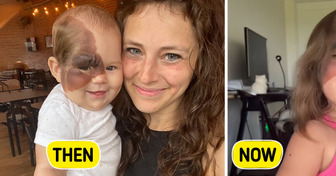14 Celebrities Who Got New Teeth and Transformed Dramatically

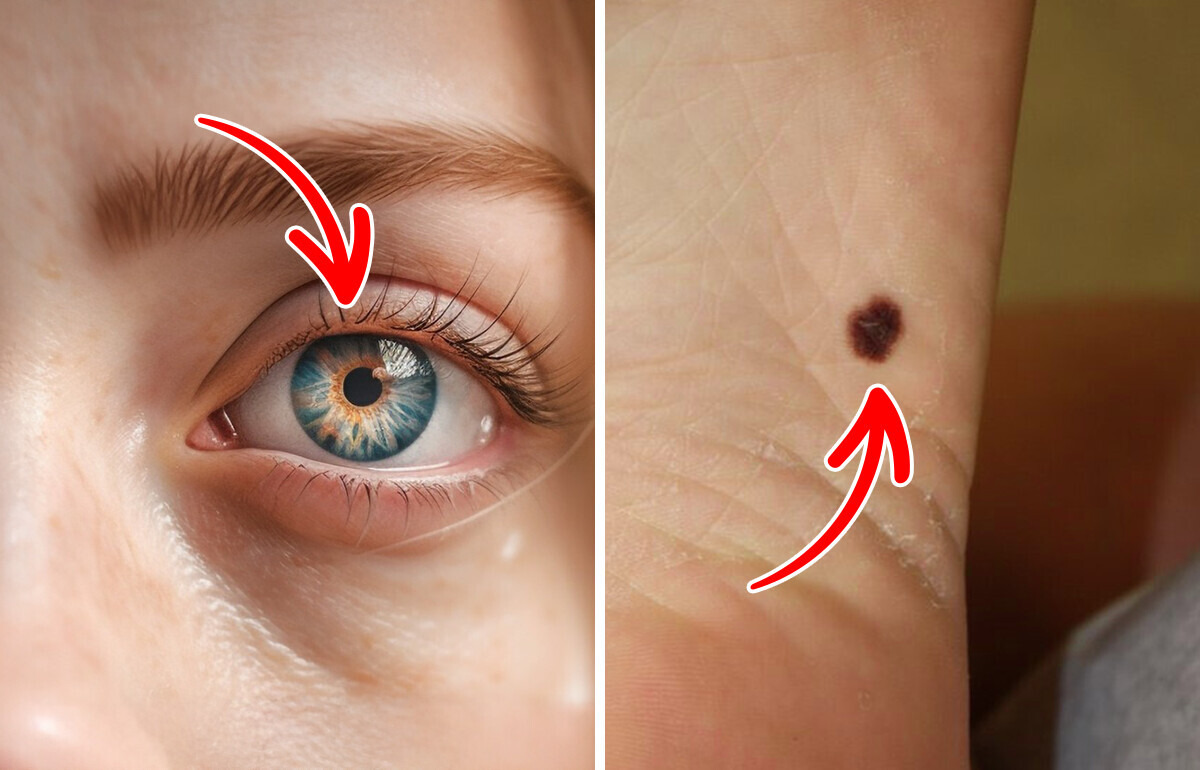
Melanoma, the most dangerous type of skin cancer, is often more deceptive than we realize. While most people watch for dramatic changes in moles, this aggressive cancer can start with surprisingly subtle signs — and that’s what makes it so dangerous. Early detection can be life-saving: when caught early, the five-year survival rate is around 99%, but that number drops sharply once melanoma begins to spread.
CONTENT IS PROVIDED FOR INFORMATIONAL PURPOSES ONLY AND IS NOT INTENDED AS A SUBSTITUTE FOR MEDICAL ADVICE.
SEEK GUIDANCE OF YOUR DOCTOR REGARDING YOUR HEALTH AND MEDICAL CONDITIONS.
Scalp melanoma may cause localized hair loss in the affected area by damaging hair follicles as the tumor grows. Some forms of melanoma-related inflammation can lead to scarring alopecia, where permanent damage to the skin results in bald patches.
You might not think twice about a little patch of missing eyebrow or eyelash hair—but it could be a red flag. According to researchers, some melanomas can actually start deep inside your hair follicles. As the cancer grows, it can damage the follicle from the inside out, leading to unexpected hair loss right where the tumor is forming. It’s one of those sneaky signs that’s easy to miss—but could mean a lot more than a bad brow day.
Due to the false belief that melanoma only develops on sun-exposed skin, these spots are often found much later—sometimes only after they’ve grown deeper or spread to other parts of the body. Also, these lesions may be mistaken for calluses or warts. Persistent, unusual spots in these areas should be examined by a healthcare professional.
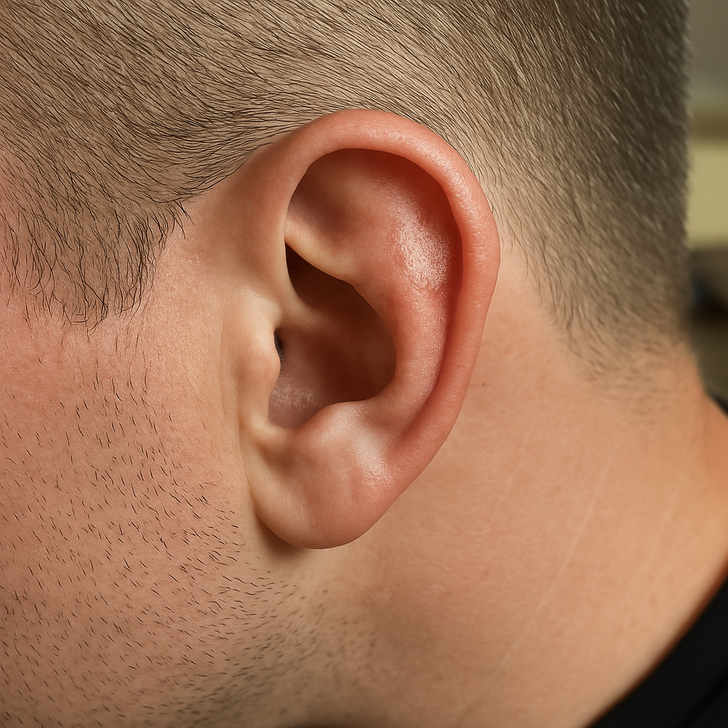
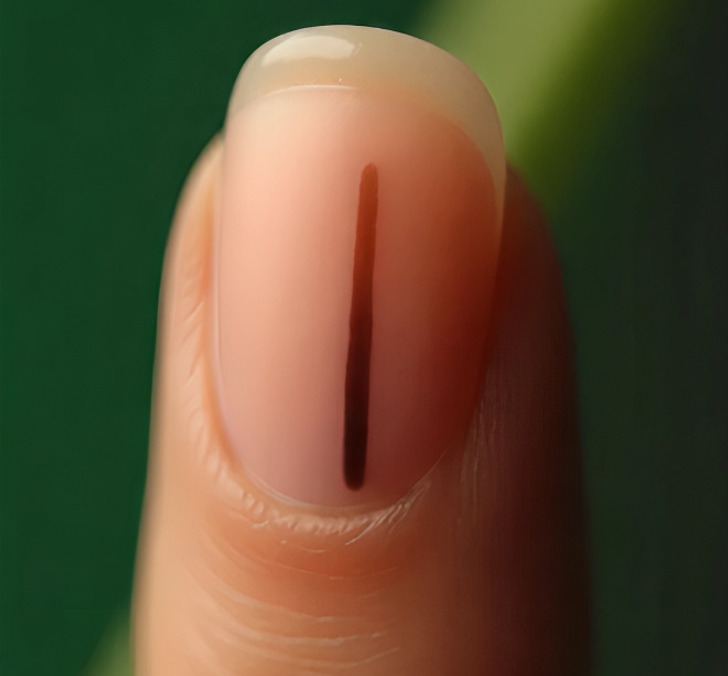
A dark streak, spot, or irregular pigmentation under the nail can indicate subungual melanoma, a rare but serious type of skin cancer. This condition is often mistaken for a bruise and is not linked to sun exposure. It doesn’t cause pain, so it’s easy to overlook it.
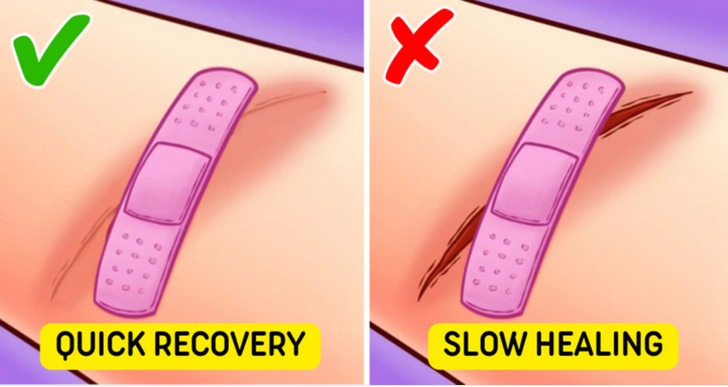
One of the often-overlooked warning signs of melanoma is a wound or sore that doesn’t heal:
You can suspect serious health problems at the earliest stages by monitoring the color of your urine.








